Walmart Bans Controversial Flame Retardant From Products
by: Chemistry, 2011-03-02 00:14:19 UTC
In another example of how Walmart can use its bulk to force widespread changes, the world's largest retailer has banned the use of a flame retardant in the products its stocks.
 Lean, Mean, Green Machine
Lean, Mean, Green Machine
by: Yanko Design, 2011-03-02 08:15:23 UTC
This racing bike is sure to turn heads whether you’re tearing up the asphalt or carrying it in-hand. This concept by Allen Chester G. Zhang was designed to be easily transported between work and play. It can be stowed quickly as it folds at the center to create a barely-there yet aesthetically pleasing accessory. Unfold to expose it’s natural suspension shape and gear-to-gear spokeless wheels. Fluorescent copper-zinc components add not only to it’s aesthetic appeal but the rider’s safety. The color choices on this model are a beautiful combination.
Designer: Allen Chester G. Zhang
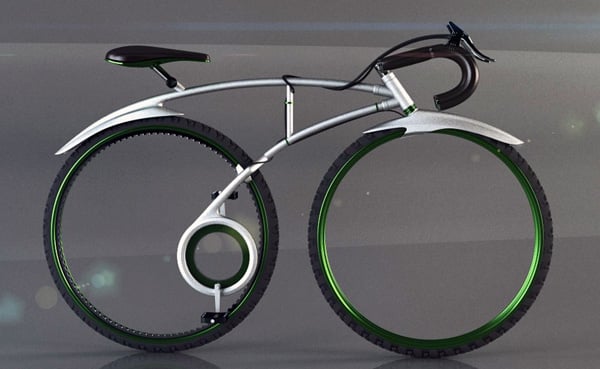


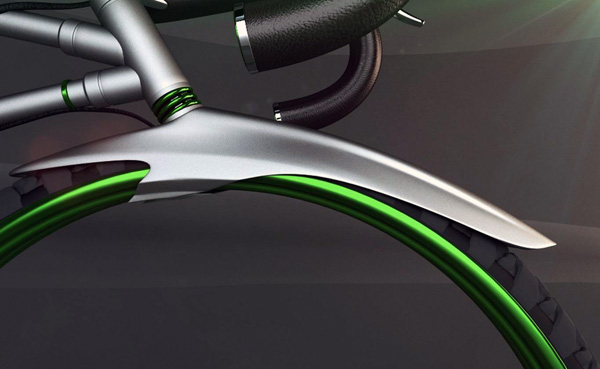

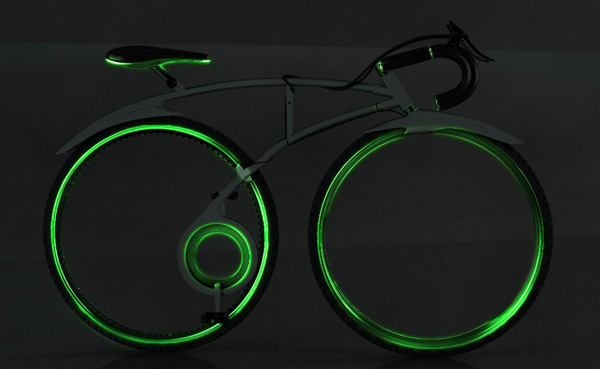

----------
Yanko Design
Timeless Designs - Explore wonderful concepts from around the world!
Yanko Design Store - We are about more than just concepts. See what's hot at the YD Store!
Researchers Get Purer Water
by: Yanko Design, 2011-03-02 09:44:44 UTC
PURELAB Flex is the world’s first standalone ultrapure water system, combining intuitive handheld monitoring & accurate pure water dispensing in a single, compact product with a footprint around 70% less than current laboratory systems. A unique self-supporting flexible hose allows continuous cycling & monitoring of water. Flex is designed to fit all laboratory environments, providing personal, programmable delivery points with precise control..
Designer: Pete Holdcroft for ELGA Labwater Ltd




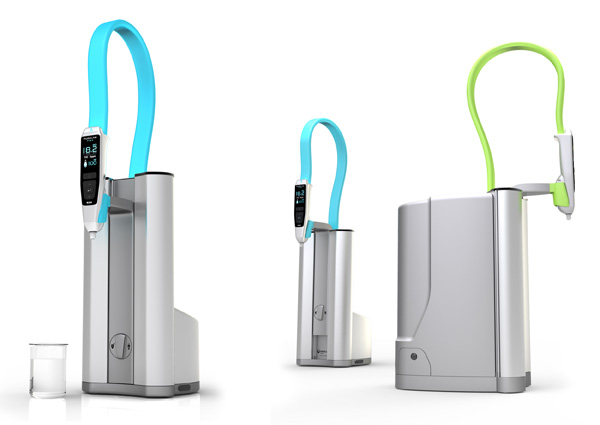
----------
Yanko Design
Timeless Designs - Explore wonderful concepts from around the world!
Yanko Design Store - We are about more than just concepts. See what's hot at the YD Store!
The Mighty Drum
by: Yanko Design, 2011-03-02 09:54:26 UTC
Cramped houses call for appliances and gadgets to be efficiently designed. Eco Pod is a sub-compact washing machine but don’t let the small size fool you, because as far as cleaning prowess goes, it utilizes advanced steam-cleaning technology. It uses “wet” steam for washing and superheated “dry” steam to for drying. The clothes can be sorted into the three baskets or pods that accompany the machine and cleaned in separate cycles.
As soon as one pod gets loaded with clothes, you simply hook it to the wall-mount machine, where it functions like a washing drum. What I really admire is the focus on blending the machine into the home environment by suggesting timber finishing and white gloss.
On the eco front, the machine doesn’t require soapy suds for cleaning, so the residual grey water is nontoxic and can be used for watering plants. Finally, steam being a pressurized form of water, is used in lesser quantity than compared to an average front loading washing machine, which use almost 66.7 liters per cycle.
The Eco Pod is a shortlisted entry in the 2011 Australian Design Award-James Dyson Award.
The James Dyson Award is an international design award that celebrates, encourages and inspires the next generation of design engineers. It’s run by the James Dyson Foundation, James Dyson’s charitable trust, as part of its mission to inspire young people about design engineering.
Designer: Simon Hedt
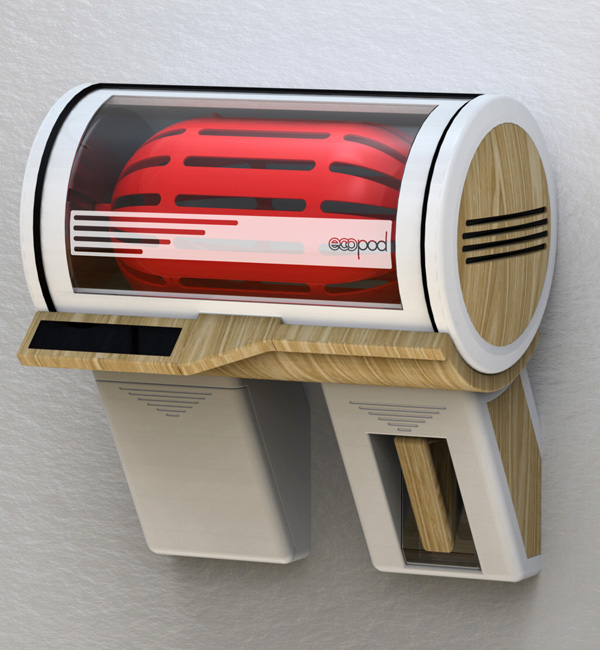



----------
Yanko Design
Timeless Designs - Explore wonderful concepts from around the world!
Yanko Design Store - We are about more than just concepts. See what's hot at the YD Store!
Urban Field: Piezoelectric Trees Harvest Rainwater and Generate Energy
by: Inhabitat , 2011-03-01 21:14:19 UTC

We recently showcased Mario Caceres and Christian Canonico’s TREEPODS concept, which sought to sow hundreds of air-cleaning artificial trees through the streets of Boston. Designer Anthony DiMari has conceived of another impressive entry – a piezoelectric field of artificial trees that is able to collect rainwater and generate electricity. Dubbed URBAN FIELD, the project is a finalist in the SHIFTboston contest to create a synthetic tree that yields all the benefits of Mother Nature without requiring water and soil.





Read the rest of Urban Field: Piezoelectric Trees Harvest Rainwater and Generate Energyhttp://www.inhabitat.com/wp-admin/ohttp://www.inhabitat.com/wp-admin/options-general.php?page=better_feedptions-general.php?page=better_feed
Permalink |
Add to
del.icio.us |
digg
Post tags: "wind power", Anthony DiMari, boston, Christian Canonico, Mario Caceres, rain water, SHIFTBoston, TREEPODS, URBAN FIELD
Whit McLeod’s Folding Chair Handcrafted from 100% Salvaged Oak Wine Barrels
by: Inhabitat , 2011-03-01 21:20:08 UTC

Handcrafted from 100% salvaged 70-gallon oak wine barrels, each one of these steamer deck chair-inspired wine barrel folding chairs is individually numbered with the name of the winery branded under the seat. The chairs are designed by Whit McLeod whose company builds all its pieces from reclaimed materials. “I try to preserve the wood’s second life as a barrel, and its first life as a tree,” says McLeod. Visually striking, comfortable, and built to last, the chair’s distinctive form looks as good as it is sustainable.
Permalink |
Add to
del.icio.us |
digg
Post tags: "green furniture", chair made of wine barrels, eco chair, eco design, green chair, green design, recycled furniture, sustainable design, Whit McLeod, Whit McLeod furniture, wine barrel folding chair
Fruit Tree Biomass Waste Turns Into Energy Source for Malaysia
by: fast company, 2011-03-01 22:36:47 UTC
The country's leading sustainable players in the palm oil industry are now turning to their own waste for power.
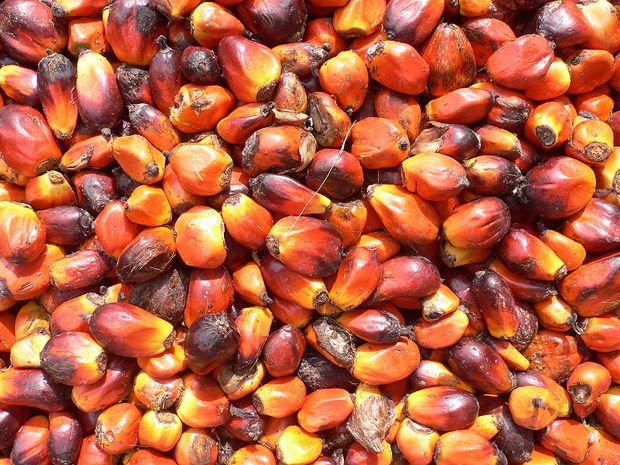
Malaysia has a plan to turn waste from its palm oil production into energy. A new joint venture, FTJ Bio Power Sdn Bhd, announced plans for a plant that could generate 12.5 million watts of electricity from waste palm branches, also known as empty fruit branches or EFB.
It's the latest bright spot in Asia's strengthening green movement, coming amid news of Malaysia's first solar power plant, which is scheduled to begin construction soon--plus news of the cancellation of a planned coal-fired power plant (and its presumed pollutants) located near Borneo's Tabin Wildlife Reserve, which houses the endangered Sumatran Rhino of Borneo.
The Malaysian EFB plant will capitalize on the 20 million tons of biomass waste excreted annually from Malaysia's palm oil production industry.
“The Felda Global Group is pursuing several projects to fully utilise EFB produced by its mills. Some 70 other projects are in progress and in the pipeline, including composting, pellet production and combined heat and power projects," said the Felda Global Group's president, Datuk Sabri Ahmad, a partner in the FTJ joint venture, indicating that biomass is just one of a host of alternative energy sources the country is looking into.
And of the country's decision to scrap plans for the coal plant in Borneo, local activist Cynthia Ong said, "For us, this certainly marks a sea change. It's the first step in doing things in a different way. This is the best news for the planet."
Follow Fast Company on Twitter.
[Image: Flickr user oneVillage Initiative]


 Kaiser's Design Challenge: Create a Small, Efficient, Green Hospital
Kaiser's Design Challenge: Create a Small, Efficient, Green Hospital
by: fast company, 2011-03-01 22:46:59 UTC
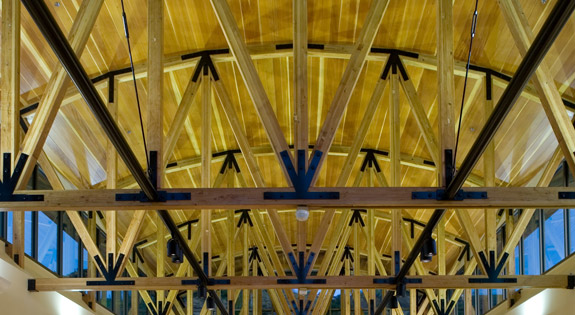
Health care provider Kaiser Permanante usually builds sprawling, massive hospital campuses, but that's not necessary in small towns and other communities where Kaiser hopes to expand. So this week, the company launched the "Small Hospital, Big Idea" competition, which challenges entrants--including students, designers, architects, and engineers--to design a small, efficient, and affordable hospital.
Kaiser explains:
Your challenge is to conceptualize a new approach to delivering
inpatient care to our members in new or underserved communities. The
ideal model will use technology and innovative design to remove barriers
to care, increase collaboration among our staff and between clinicians,
patients, and their families. It should foster innovation, and create
staffing efficiencies that allow us to deliver care to patients
effectively and affordably. Designs will be judged on these criteria: innovation; reduces life cycle costs; incorporates ways to improve health care; flexibility; efficiency; and environment of care.
That's not all. Kaiser's first-ever design competition also wants entrants to figure out how to increase staff productivity, cut down on unnecessary activity, minimize waste, incorporate cutting-edge medical technologies, and adapt to expansion needs.
The reward is, of course, considerable: up to $750,000, and the opportunity to contract with Kaiser to build a small hospital in Southern California. The prototype small hospital could then be used as the inspiration for similar buildings in Kaiser's network (36 hospitals and almost 500 medical office buildings in nine states and Washington, D.C.).
Want to try your hand at hospital design? Check out Kaiser's site.
Follow Fast Company on Twitter. Ariel Schwartz can be reached by email.




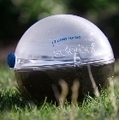
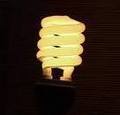
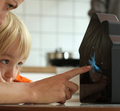

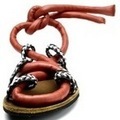

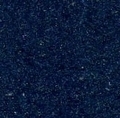


Comments by our Users
Be the first to write a comment for this item.